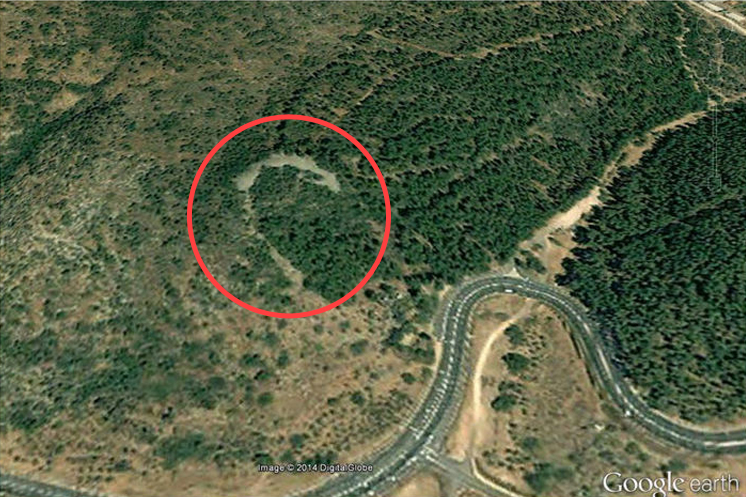Jun 20 2016
Three upcoming events on ancient and early medieval Jewish medicine (Berlin)
Courtesy of Lennart Lehmhaus:
We would like to draw your attention to and cordially invite you to THREE upcoming events on the topic of ancient and early medieval Jewish medicine.
The Berlin based research project A03 on Talmudic and Byzantine medical knowledge, run by Markham J. Geller and Philip van der Eijk (AvH-professor, Humboldt University Berlin), will host Dr. Ronit Yoeli-Tlalim as a research fellow in June (20 – 29 June 2016).
Ronit Yoeli-Tlalim (Goldsmiths, University of London) will present and discuss in various formats (workshops/lecture) her current research into the early history of a medical tradition in Hebrew (Book of Asaf/Sefer Refu’ot) and on the transfer of medical knowledge between East (China/Tibet/Central Asia) and West (Graeco-Roman/ Persian and Arabic traditions).
Tuesday, 21 June (ca. 15:00- 17:30, TOPOI library, ground floor) Ronit Yoeli-Tlalim will host a reading workshop (texts in translation) on the topic “The Hebrew Book of Asaf on Humours and Winds”.
Thursday, 23 June (16:30-18:00, TOPOI library), Ronit Yoeli-Tlalim and Lennart Lehmhaus (A03-SFB 980, FU Berlin) will discuss the issue of “Bloodletting between the Talmudim and the Hebrew Book of Asaf” from a comparative perspective (as part of the course “Medizin im Talmud”, but open to all).
Friday, 24 June (10-12), Ronit Yoeli-Tlalim will present a lecture within the framework of the SFB 980 Jour Fixe on “The Silk-Roads as a model for exploring Eurasian transmissions of medical knowledge”
(SFB-Villa, Schwendenerstr. 8, 14195 Berlin).LINK:
Everyone is welcome. Due to a limited number of seats, please RSVP to: info@sfb-episteme.de
The fellowship is generously sponsored by the Collaborative Research Center/ SFB 980 “Episteme in Motion. Transfer of Knowledge from the Ancient World to the Early Modern Period”)



